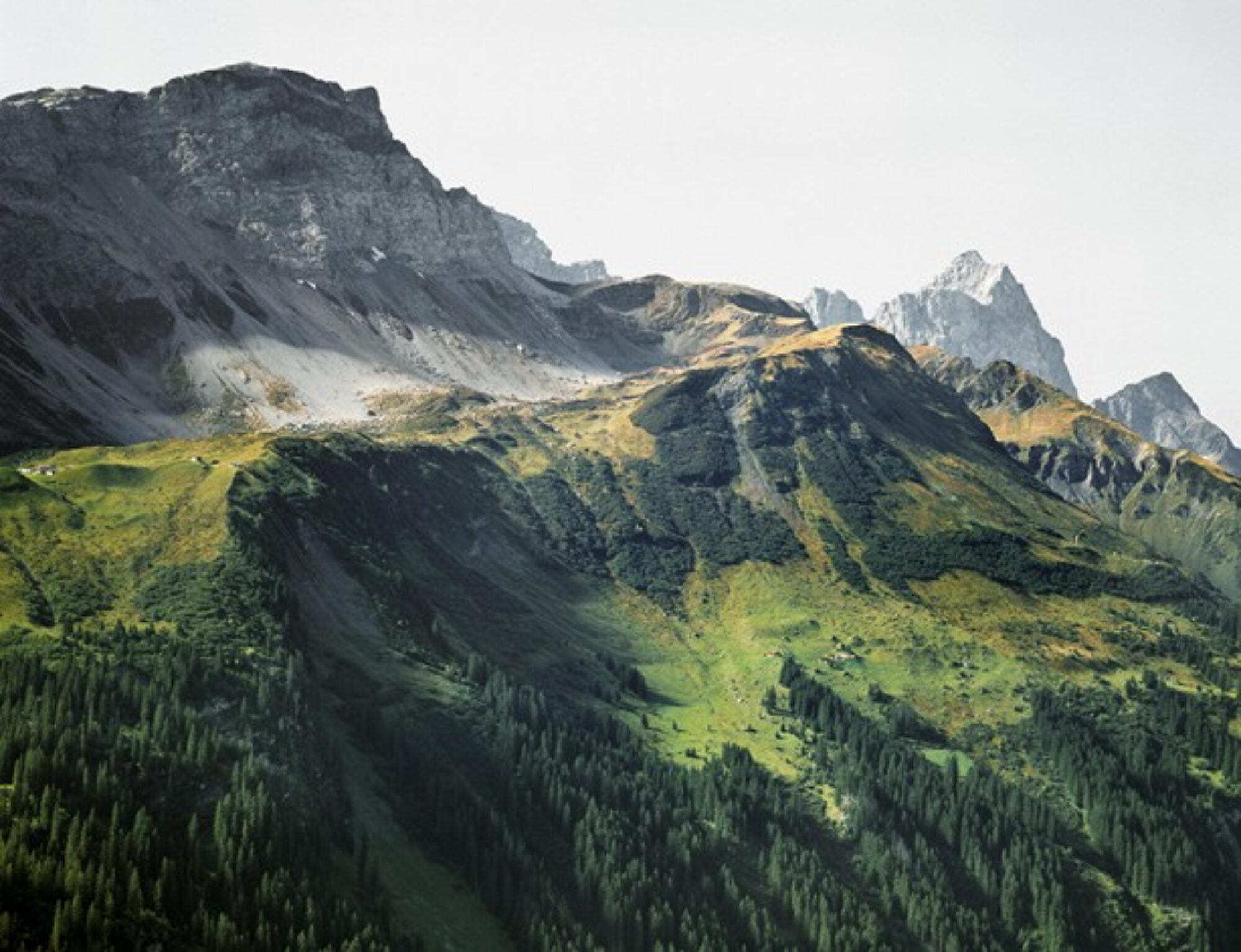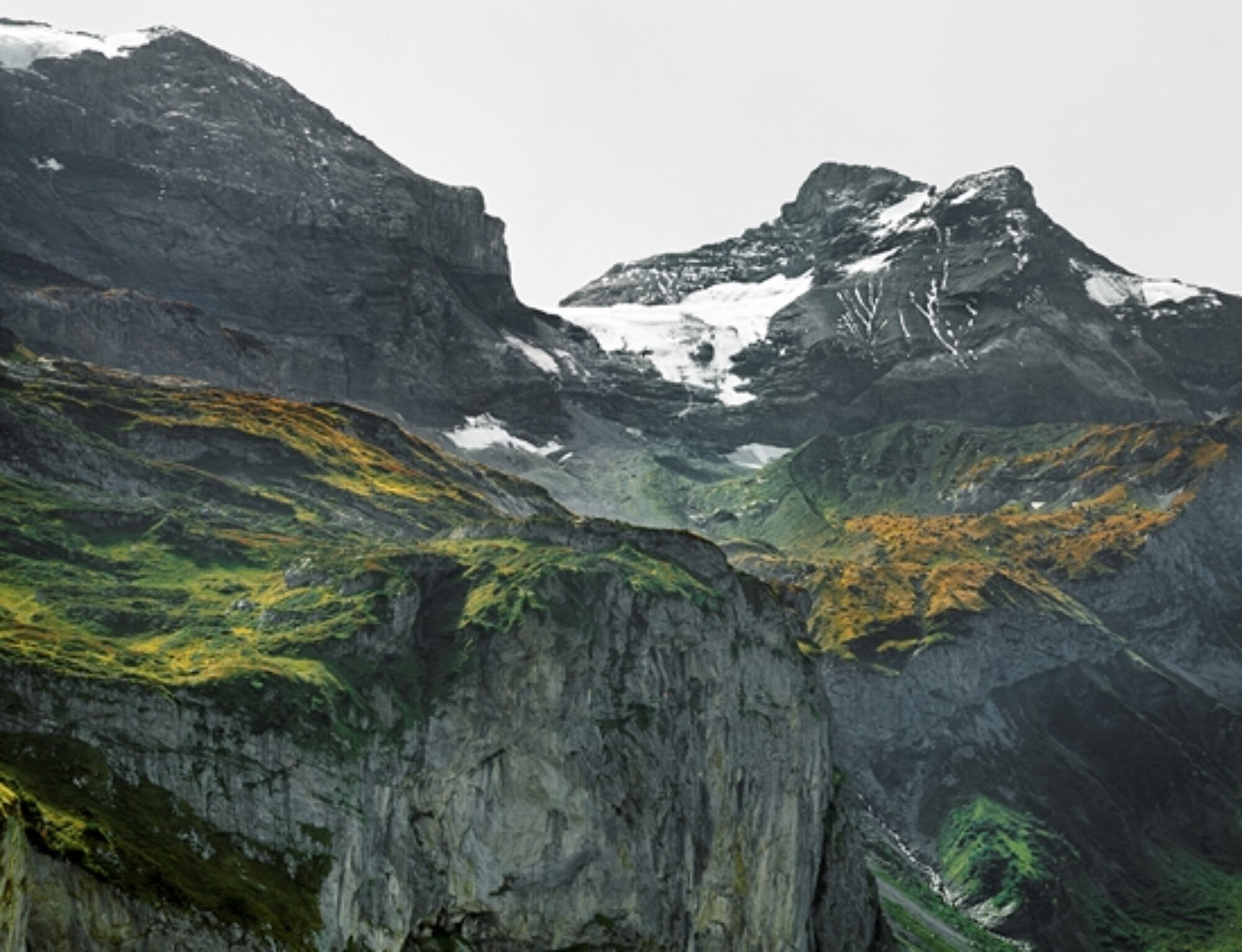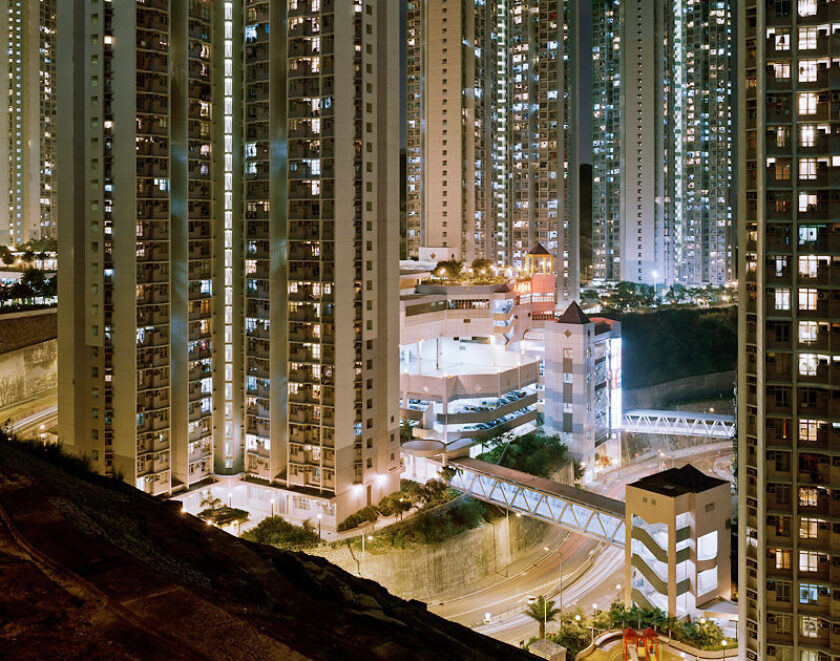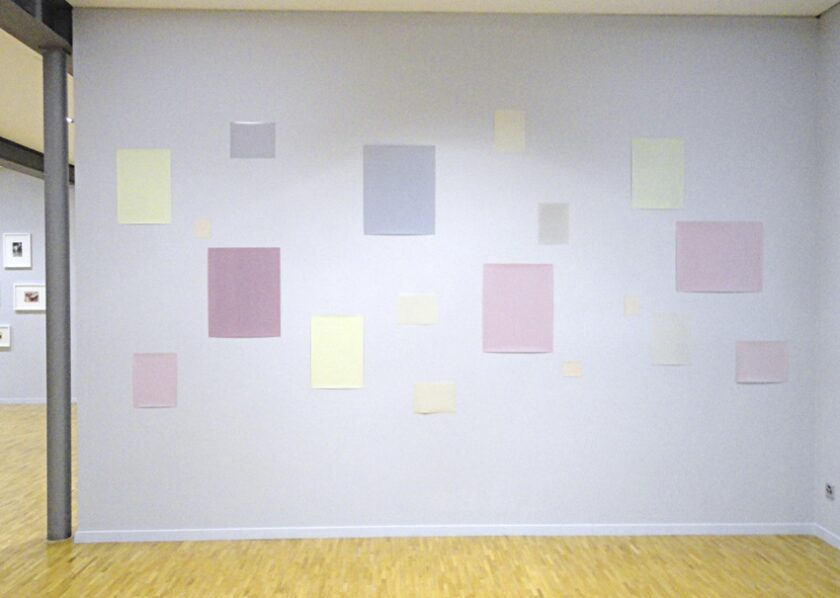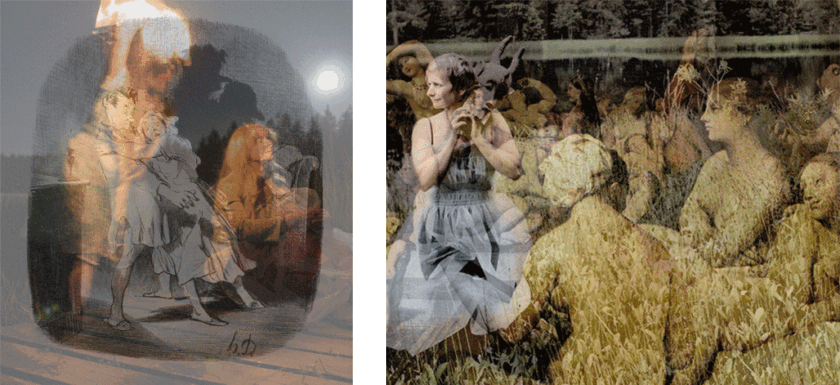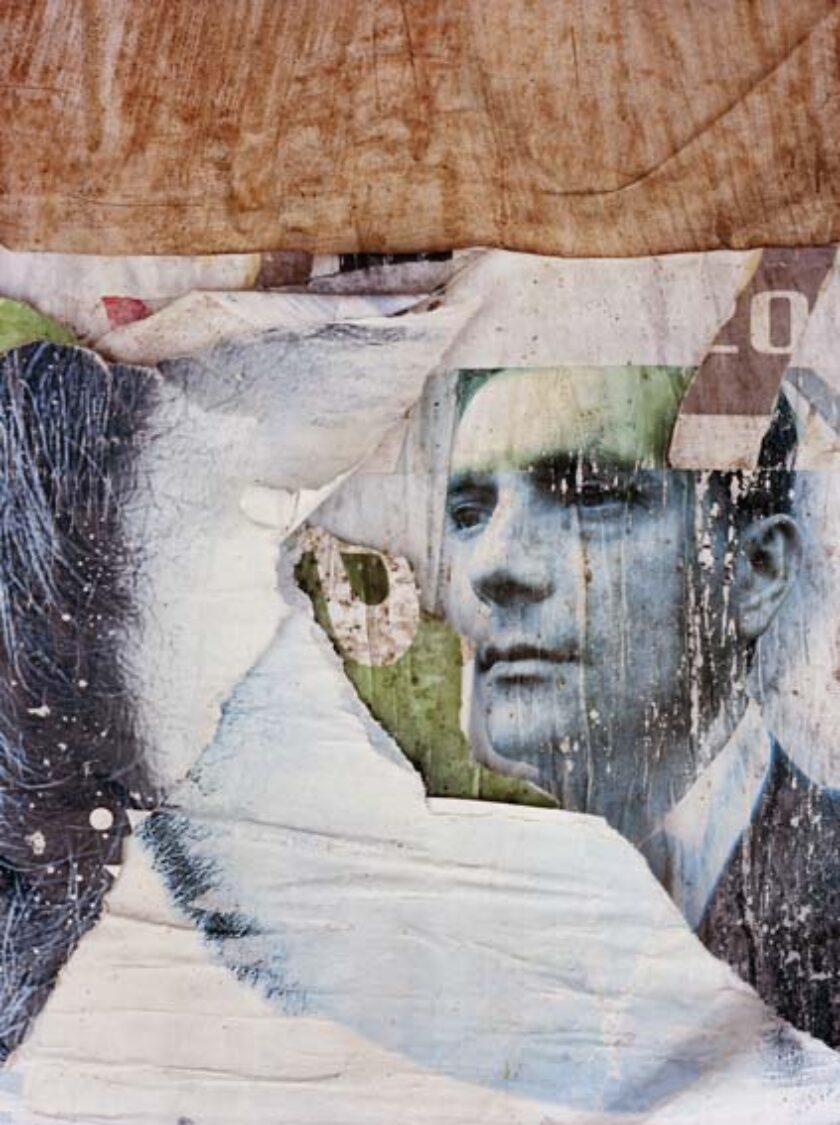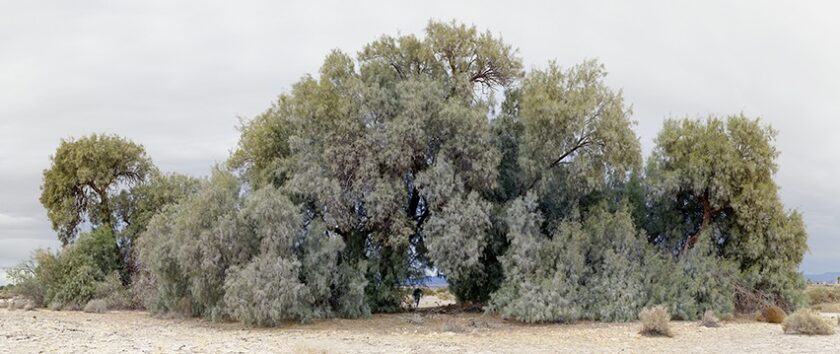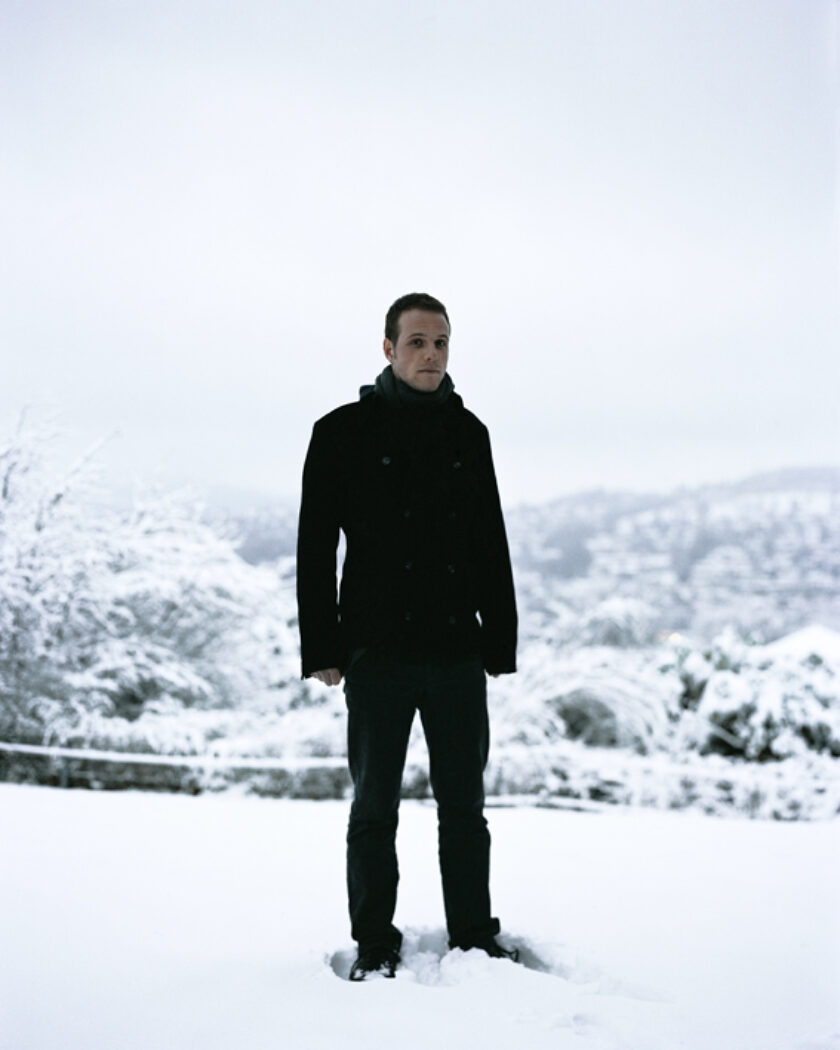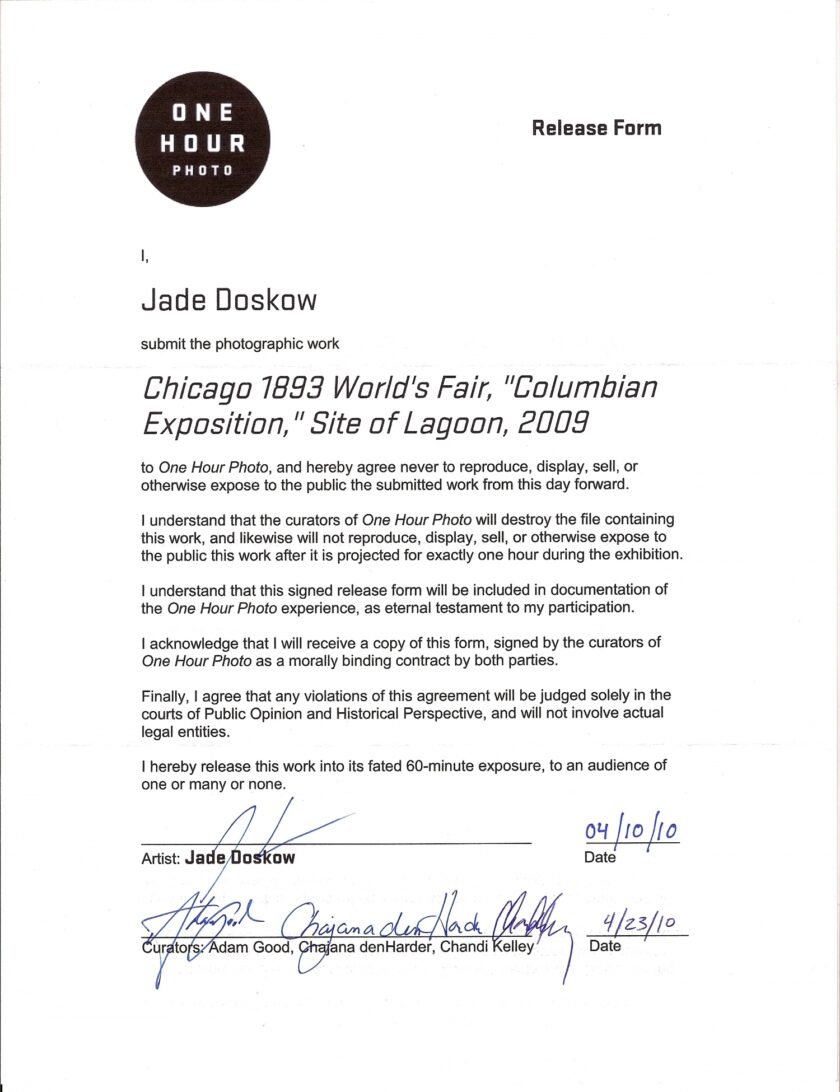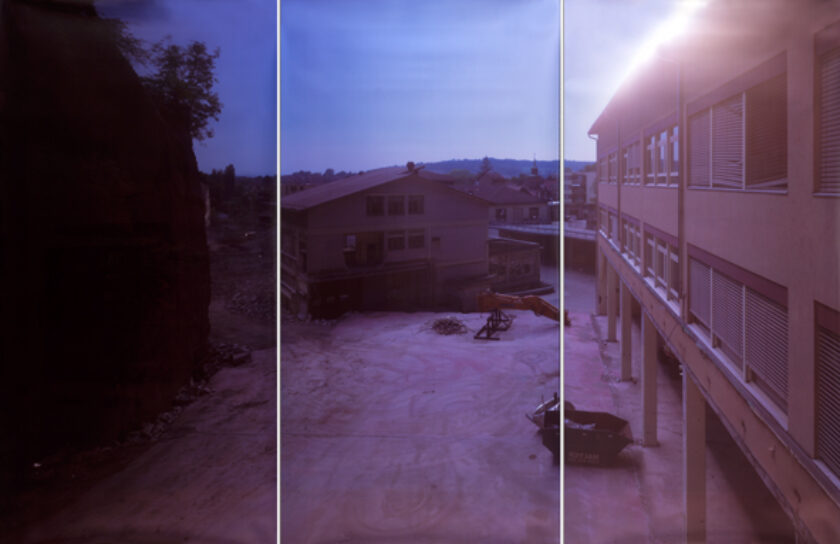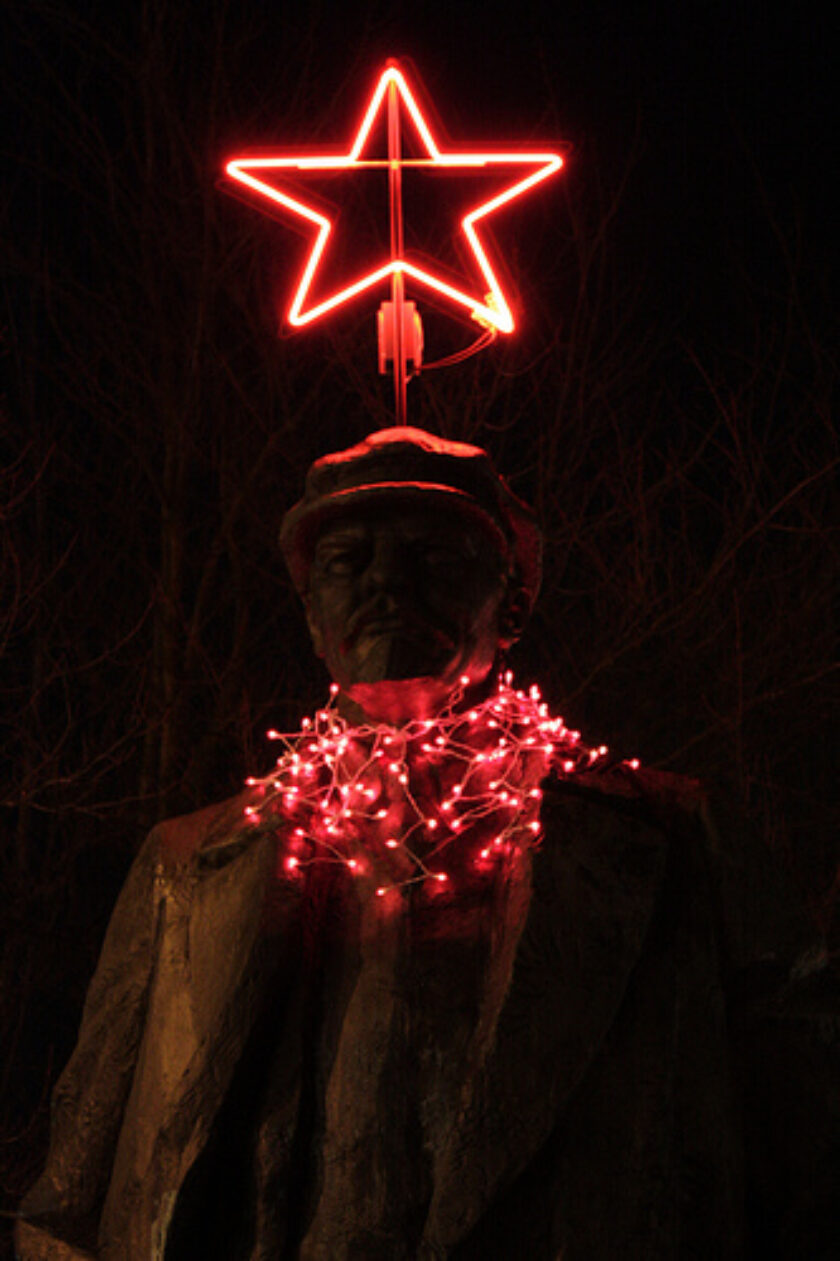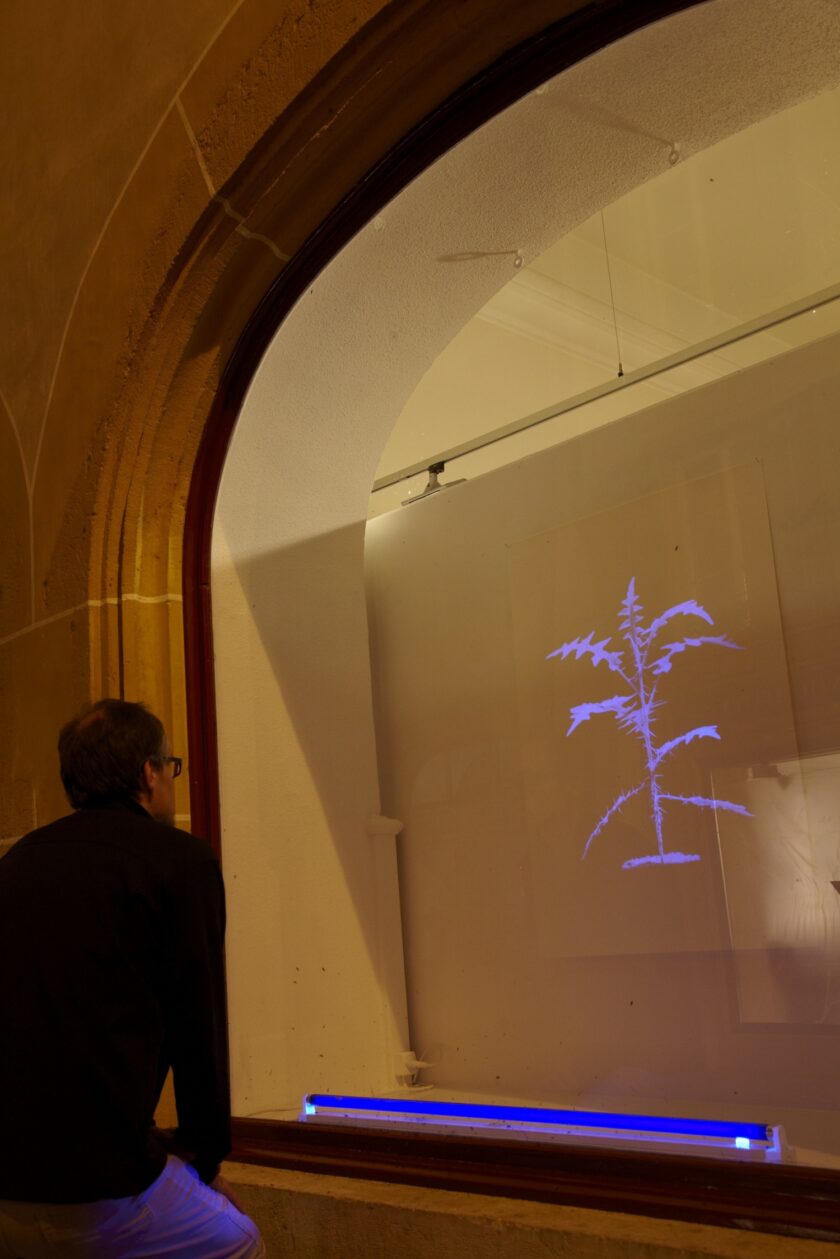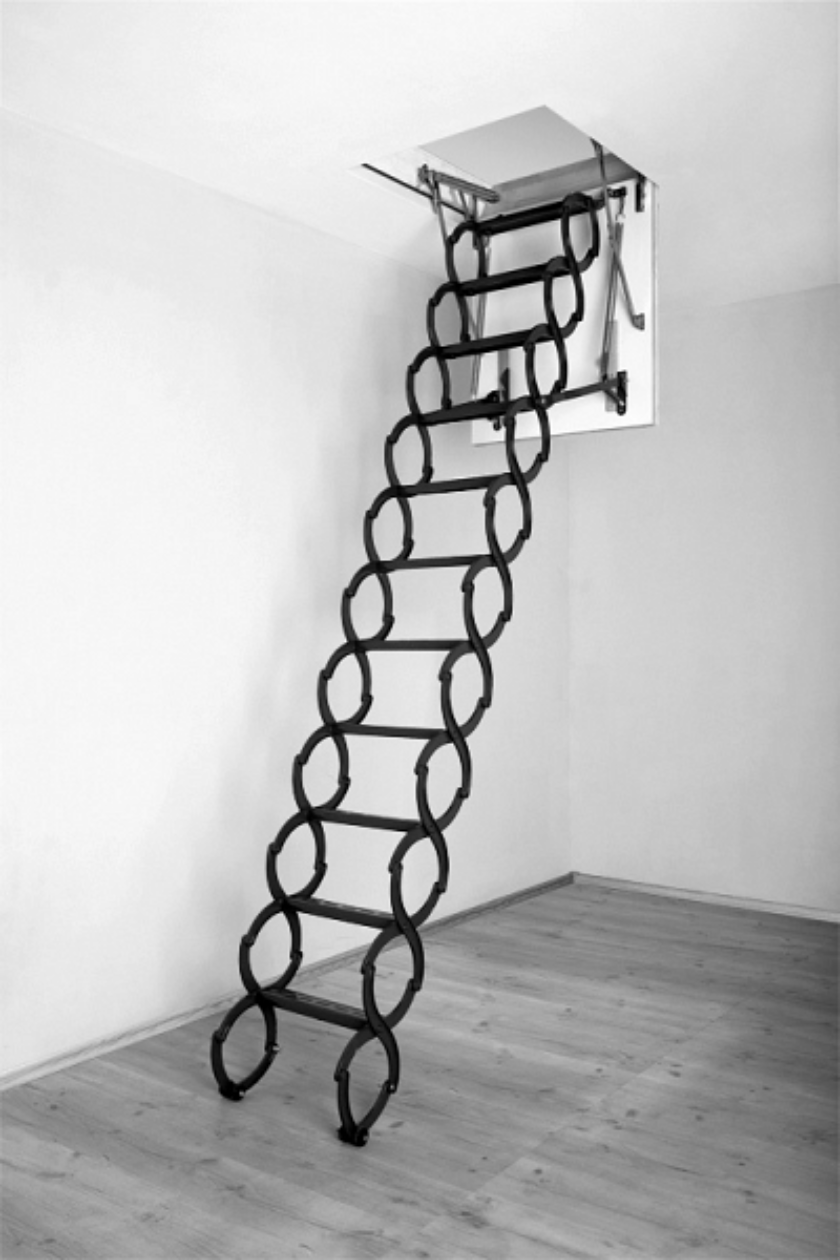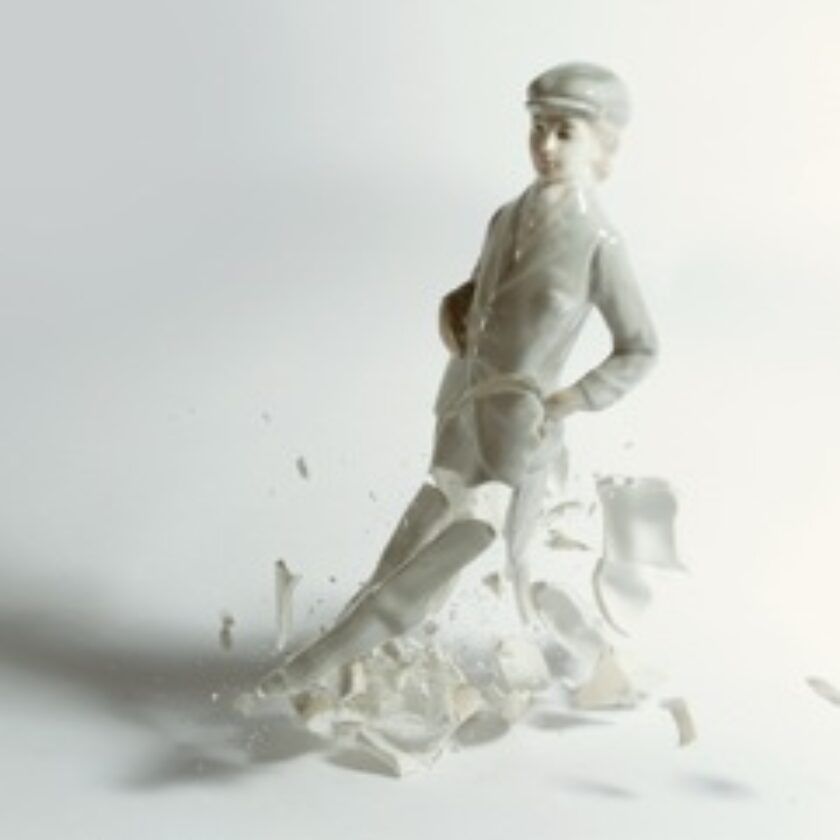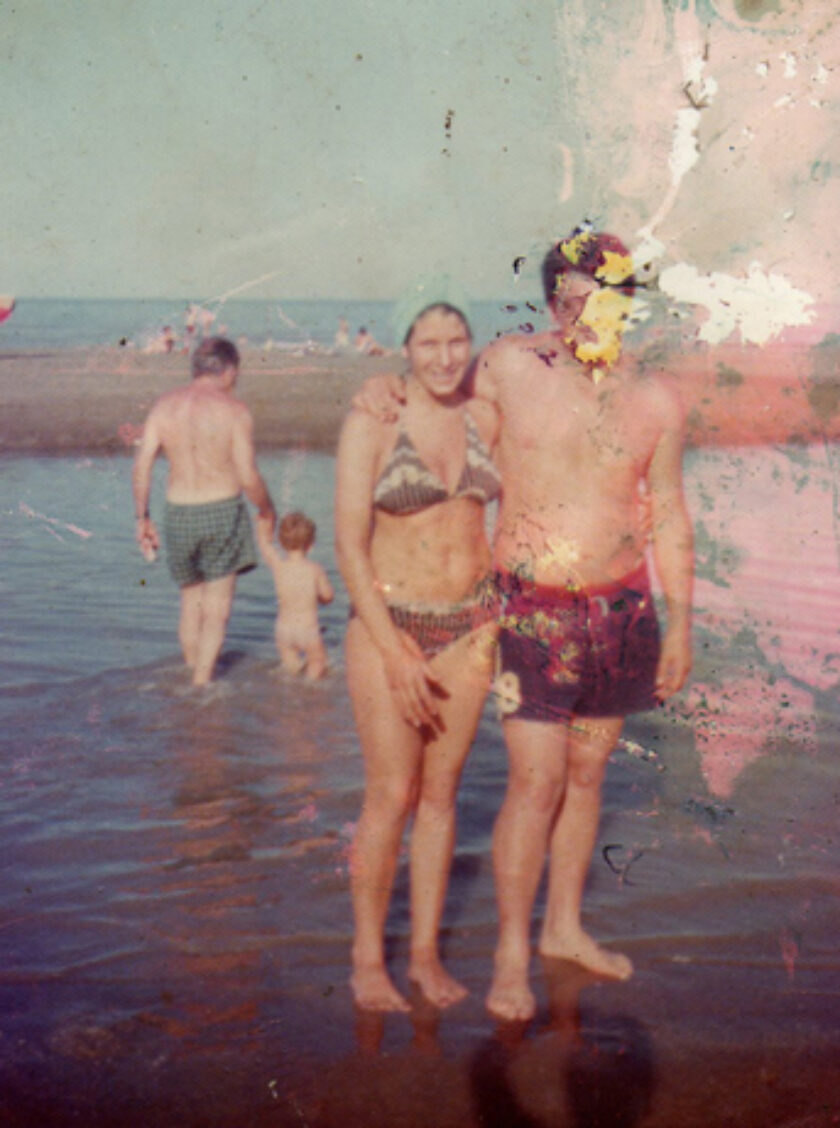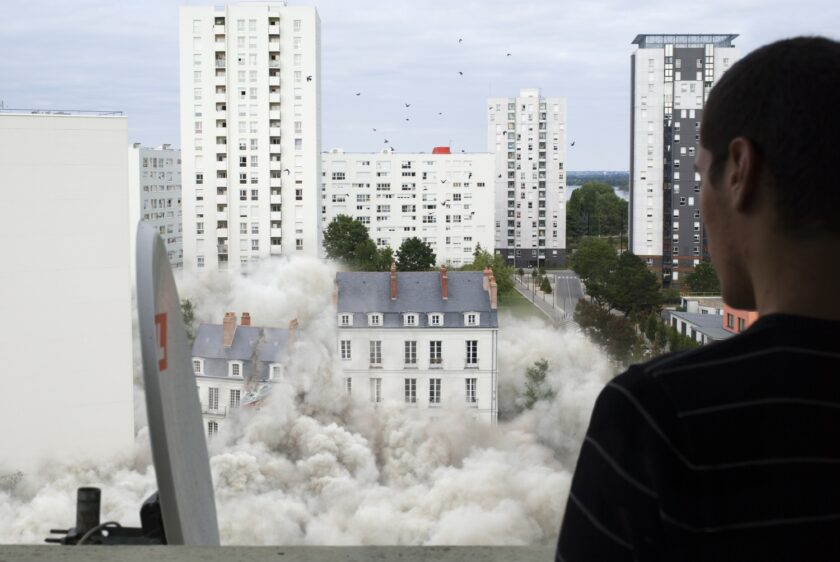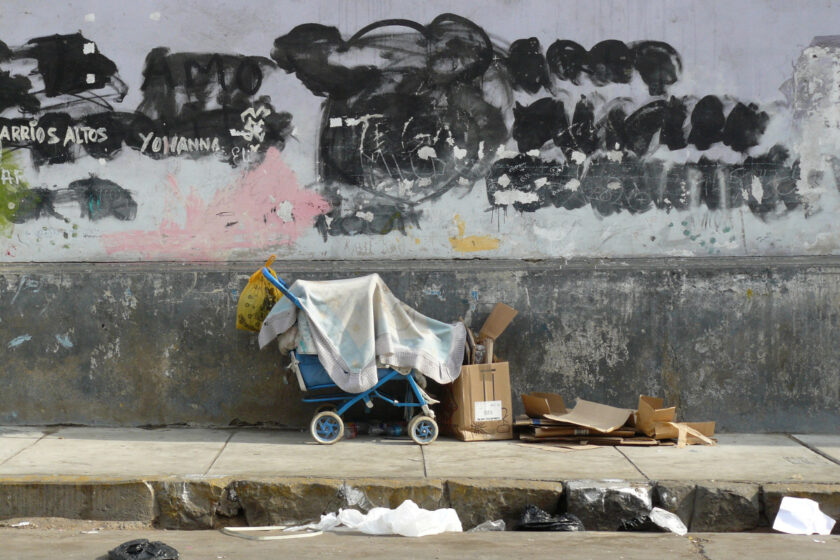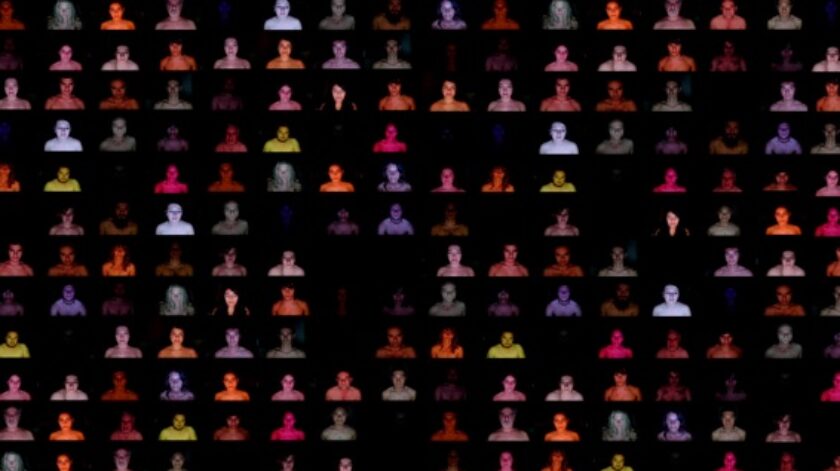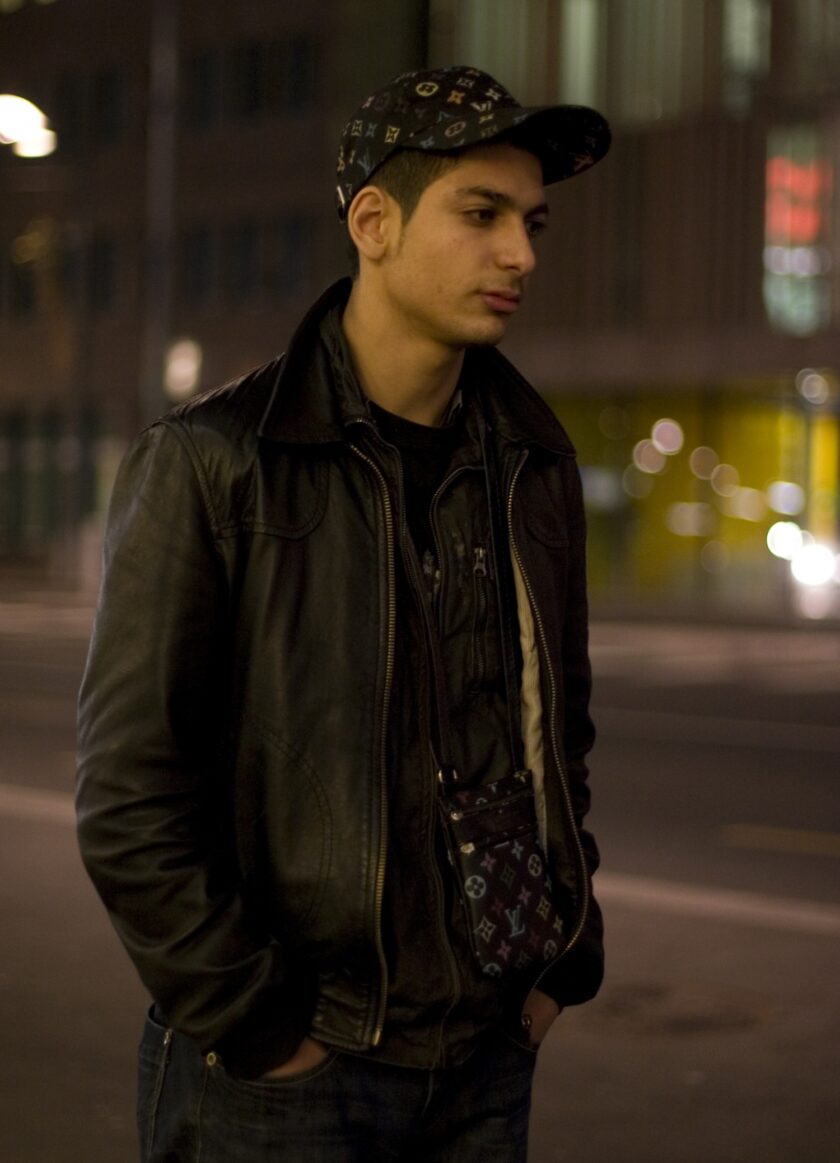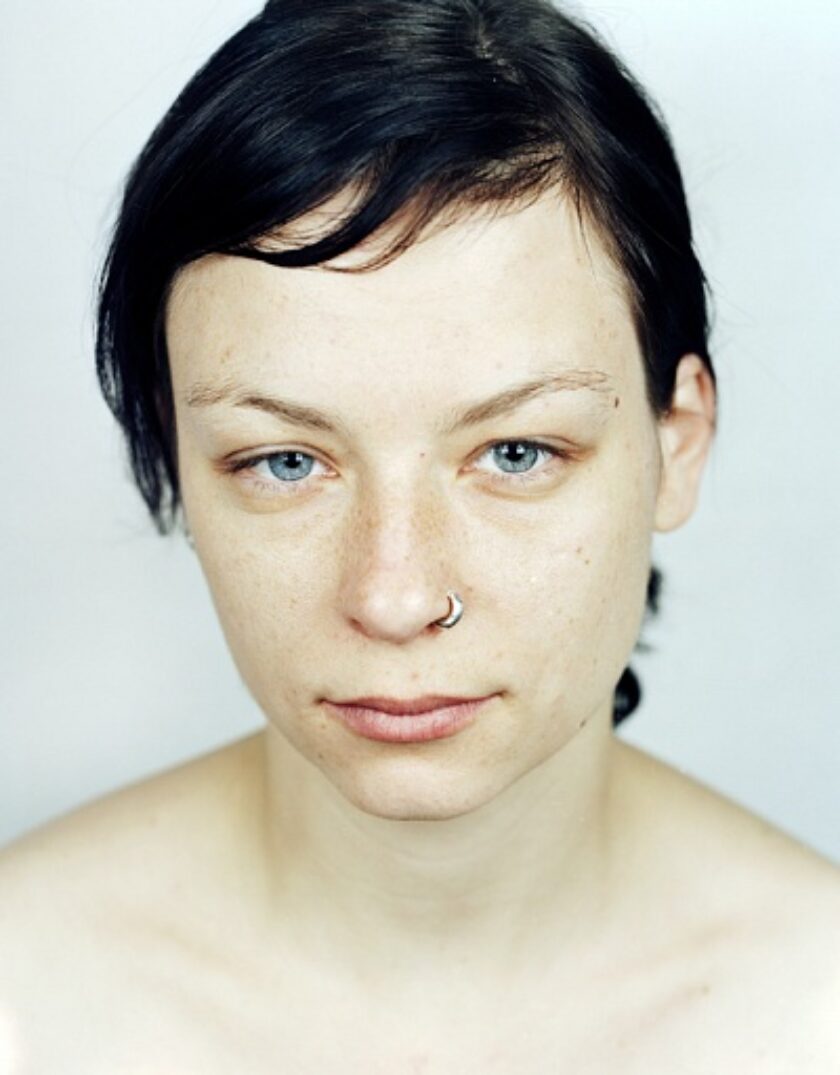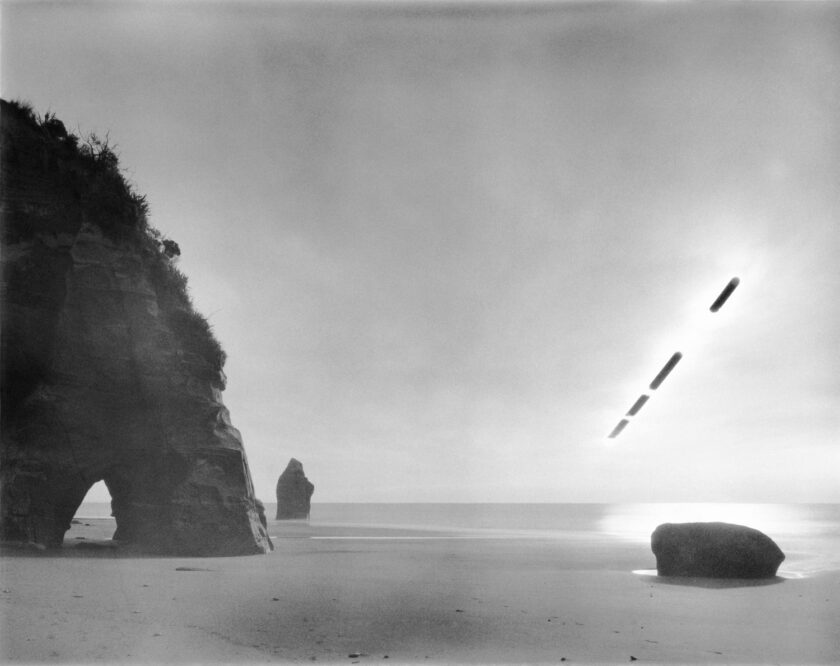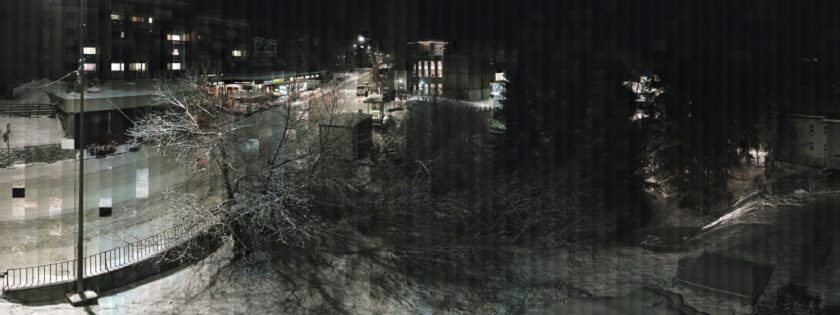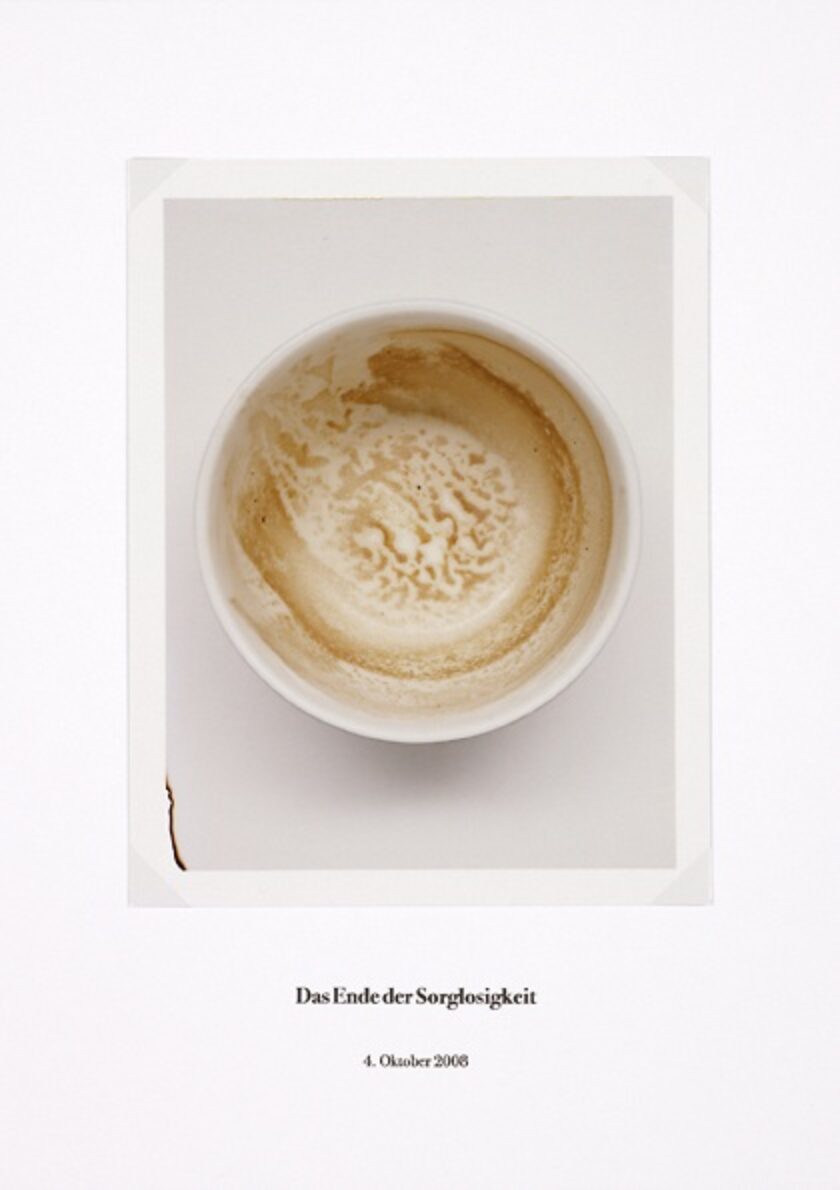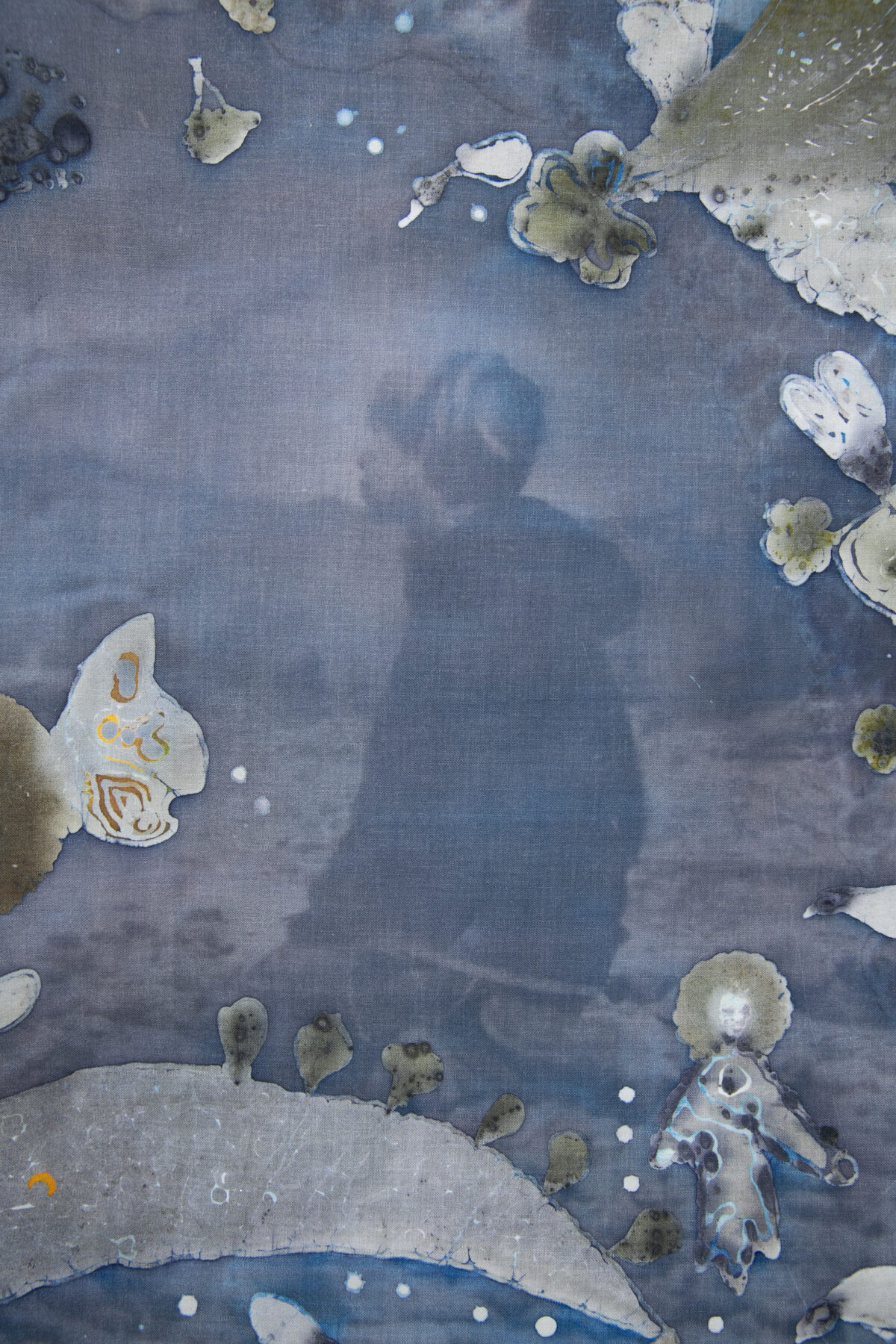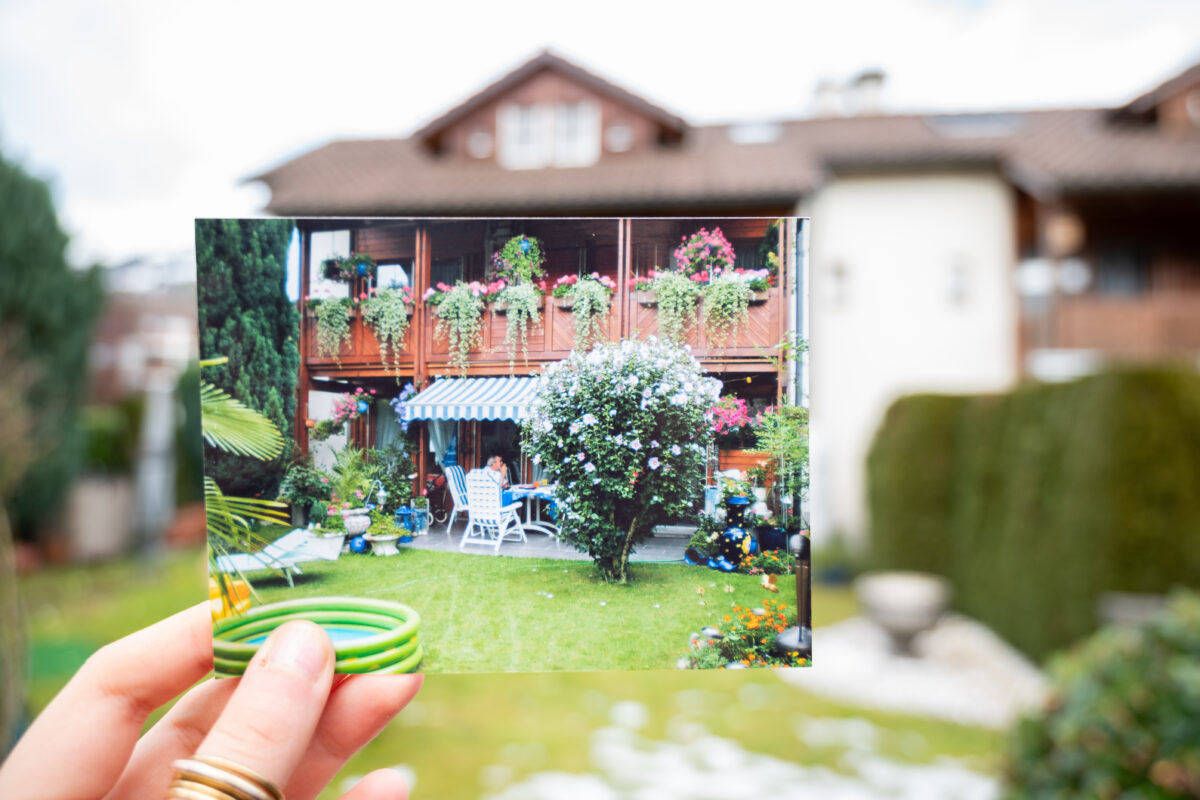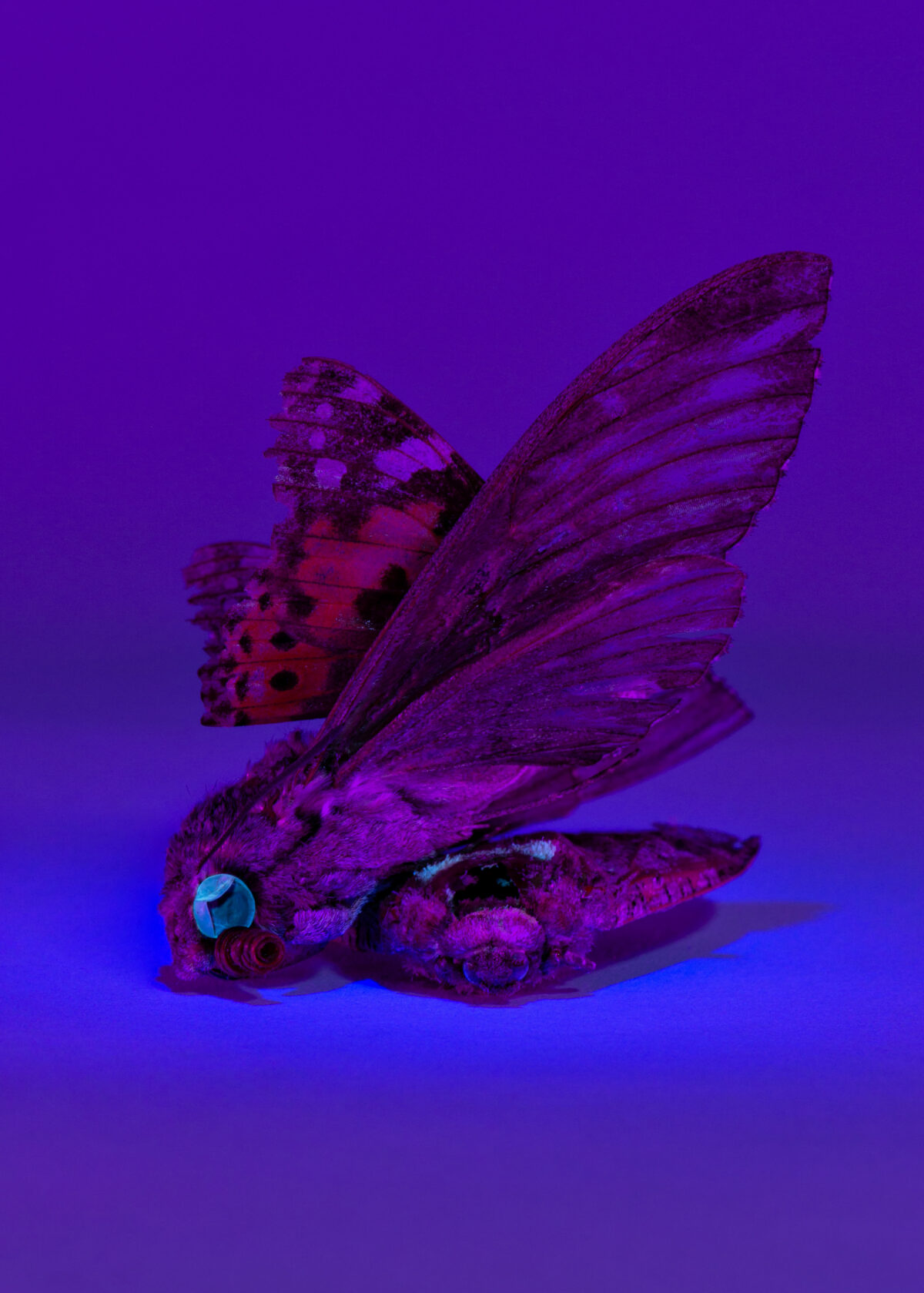nox lunae
Roger Frei
Mountains. Filling most of the frame. Quiet colours. Altitudes of between 2000 and 4000 metres.An atmosphere of filtered light. Imposing. Aesthetic. Picturesque. Roger Frei takes pictures in locations with minimal “light pollution”. The sun’s light, reflected bythe moon, is the only light source. He uses film photography and exposure times of up to two hours. First, using digital cards in three dimensions, he selects potential sites in which to set up his camera. He visits them in daylight and gets a fix on the most suitable ones using a GPS tracker that will enable him to find them again at nightfall. Time, in its multiple forms, is inherent in all of Roger Frei’s pictures.
Formed over 135 million years ago, the alpine reliefs are as timeless – as subjects – as the source of light itself: the intensityof the “moonlight” shining back in accordance with the laws of nature. The long period over which the Alps were formed, producing a wide variety of shapes and layers, defines their character, as doesthe apparent simultaneity of the different seasons. An autumnal yellow-green frequents a wintery white. The pictures show, in a direct way, the extension of time. The long exposure time, which allows for only one or two shots per night, is set against these slow processes.Conceived as a work in progress, Roger Frei’s series is at once timeless and subordinate to time. Dependent upon the available light (only the nights surrounding the full moon are sufficiently “bright”) and upon optimal weather conditions (neither cloud nor wind) there are only a few nights per year when it is possible to take these pictures. The result becomes visible only after the event, once thefilm has been developed. Roger Frei, whose series here brings to mind landscape paintings of the nineteenth century, hascreated pictures of a “benign slowness” that contrast with the high-speed production of modern-day images.
+ Read more- Afficher moinsYear of production: 2009-
 Roger Frei
Roger Frei
Edition
Photographe
Nationality
Venue
